Restoration
Biocultural Restoration of Key Habitats
ʻInā e lepo ke kumu wai, e hō‘ea ana ka lepo i kai.”
-ʻŌlelo Noeau 1238
If the source of water is dirty, the muddy water will travel on to the ocean. Native Hawaiians have long recognized the health of the land affects the health of the sea. Building on a strong community legacy, the Heʻeia NERR is guided by a philosophy of biocultural restoration — reviving the connections between biodiversity and humanity to sustain ecosystem services.
Read below about key habitats in the Reserve and some of the species that depend on proper habitat functioning to thrive. Some, like the ‘Ae‘o, are beginning to thrive again in Heʻeia due to the restoration work in the Reserve by its community partners.
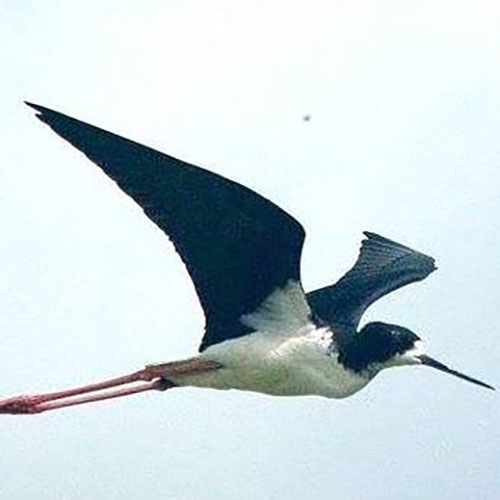
ʻAeʻo
Hawaiian Stilt.
Himantopus mexicanus knudseni
Photo: Melissa Price
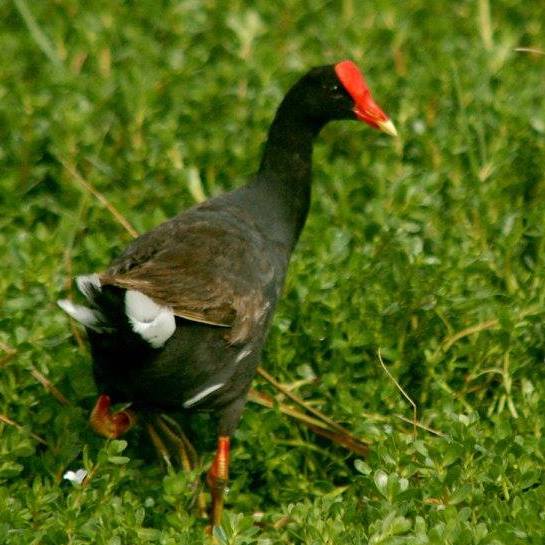
ʻAlae ʻula
Hawaiian Moorhen.
Gallinula chloropus sandvicensis
Photo: Melissa Price
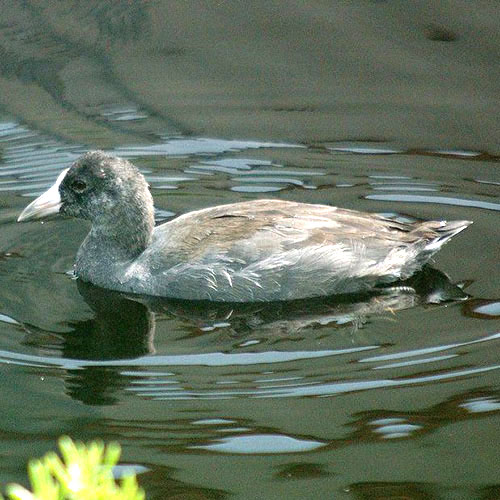
‘Alae ke‘oke‘o
Hawaiian Coot.
Fulica alai
Photo: Melissa Price
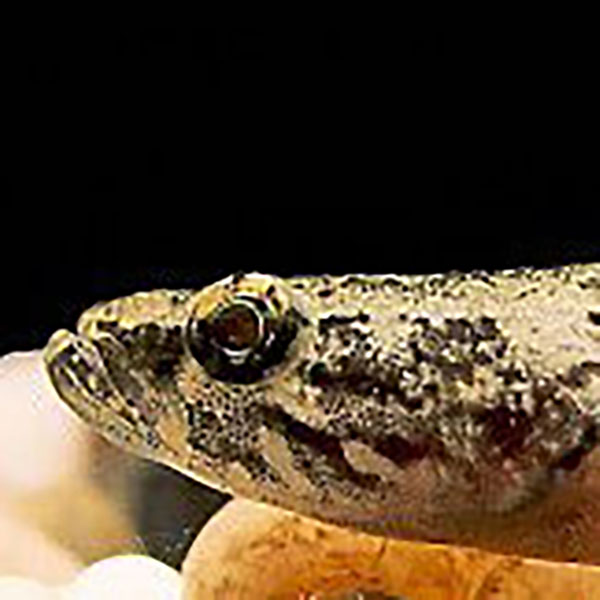
‘O‘opu ʻakupa
Flathead Stream Goby Eleotris sandwicensis
Photo: Keoki Stender
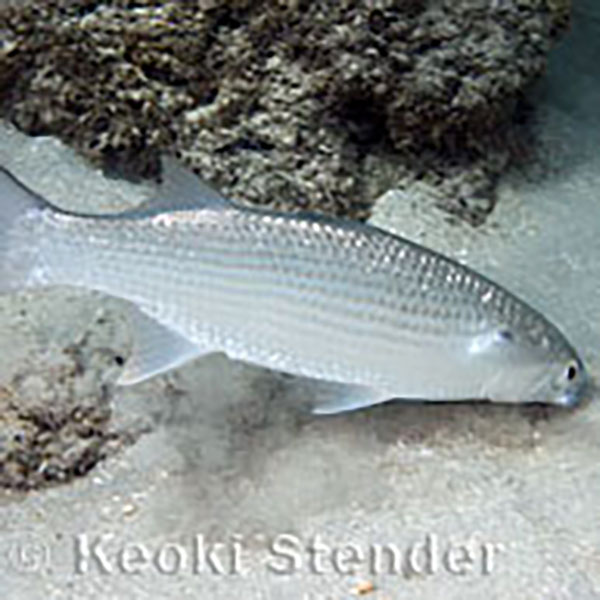
ʻAmaʻama
Hawaiian Striped Mullet.
Mugil cephalus
Photo: Keoki Stender
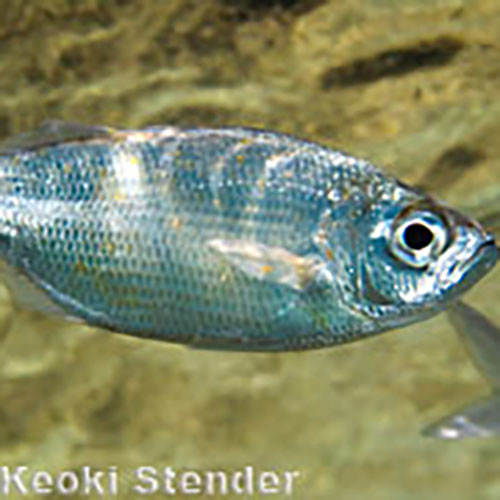
Āholehole
Hawaiian Flagtail.
Kuhlia sandvicensis
Photo: Keoki Stender
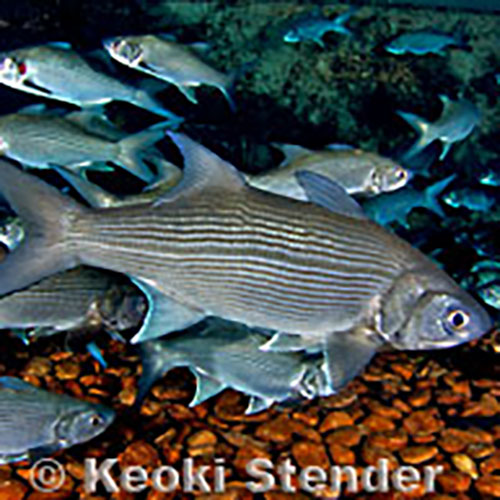
Moi
Threadfin.
Polydactylus sexfilis
Photo: Keoki Stender
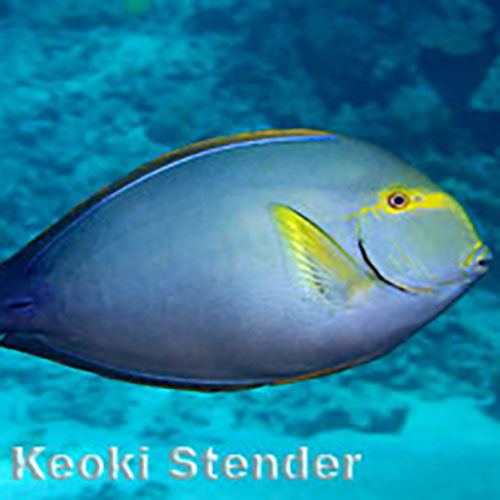
Pualu
Yellowfin Surgeonfish.
Acanthurus xanthopterus
Photo: Keoki Stender

Manō kihikihi
Scalloped Hammerhead.
Sphyrna lewini
Photo: Mark Royer

Snapping Shrimp
Alpheus heeia
Photo: Shimi Rii
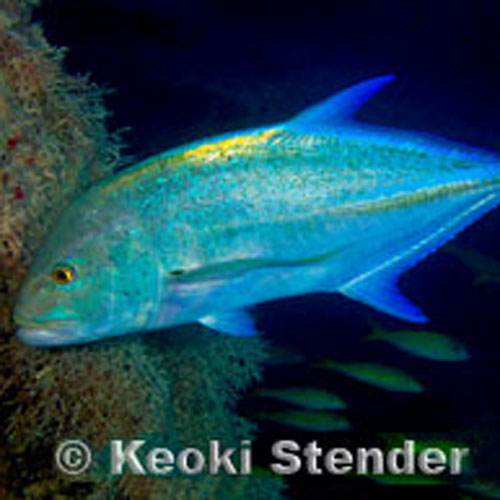
‘Ōmilu
Bluefin Trevally.
Caranx melampygus
Photo: Keoki Stender
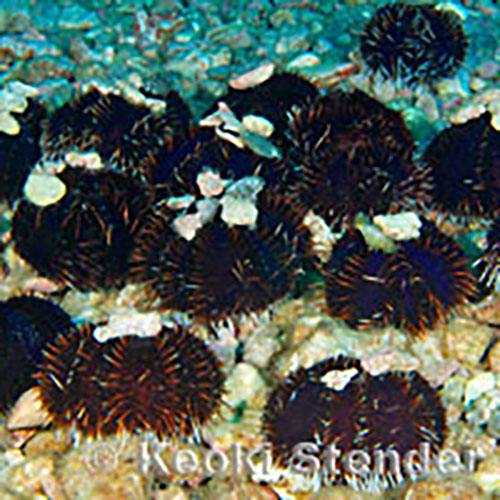
Hāwaʻe maoli
Collector sea urchin.
Tripneustes gratilla
Photo: Keoki Stender